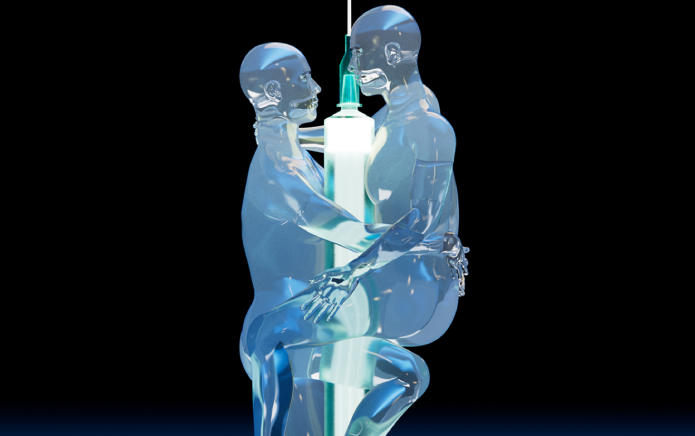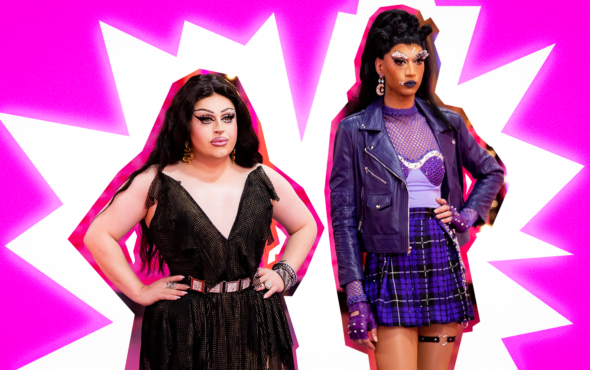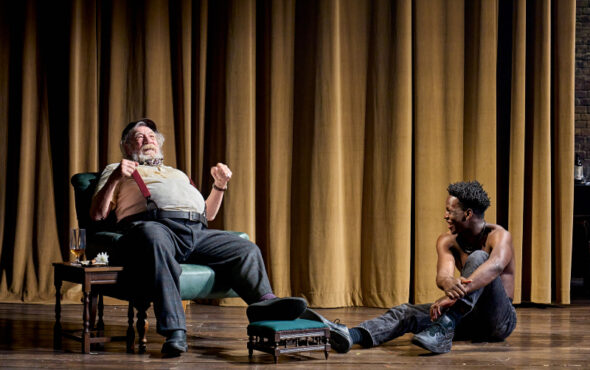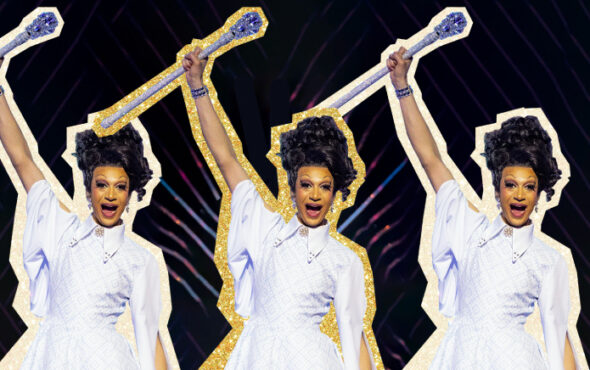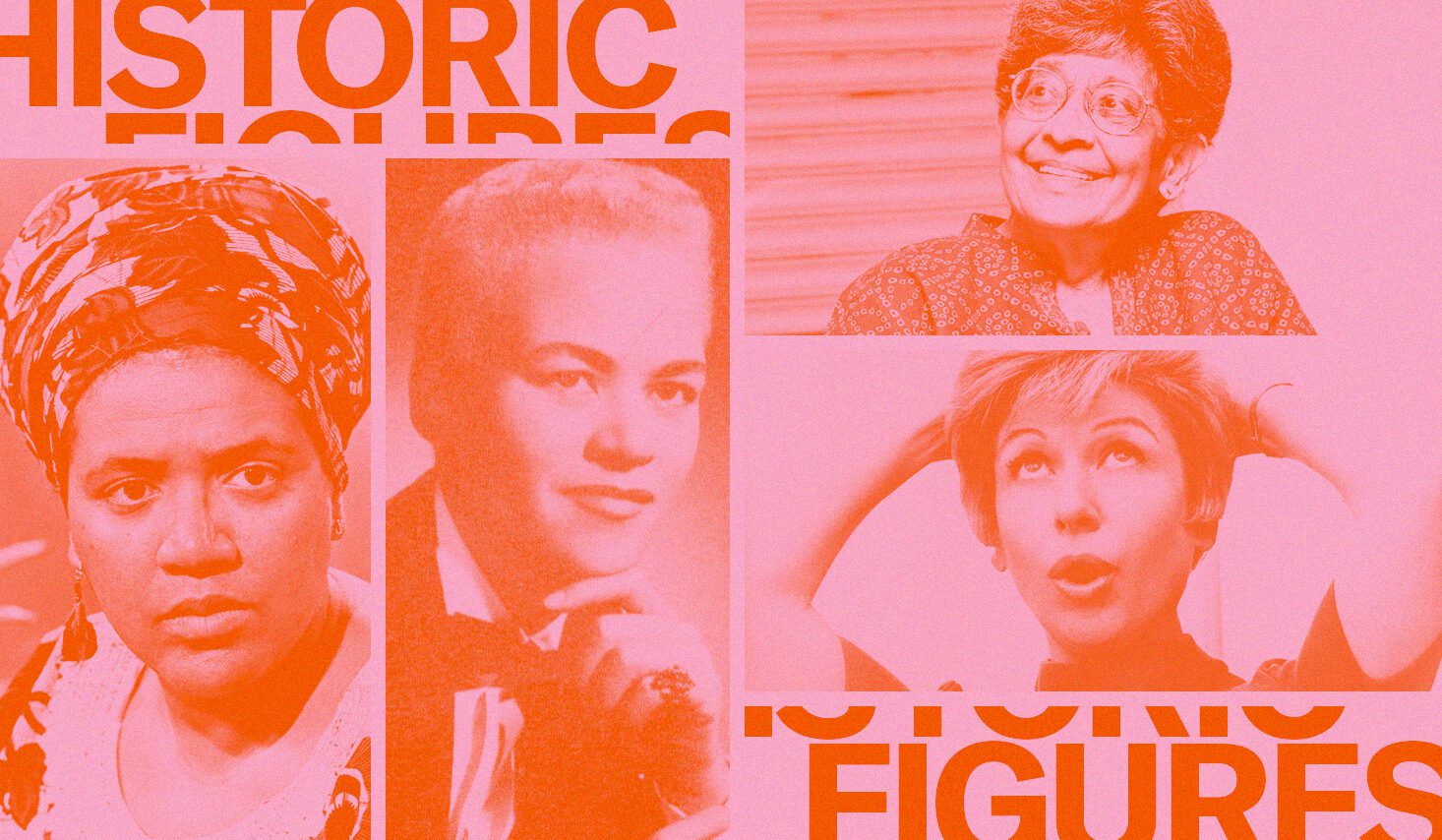
It’s Lesbian Visibility Day, so we’re going to celebrate it with a nod to the impactful ladies that haven’t always gotten their due. As we spotlight a handful of incredible history-shaping lesbian women today, GAY TIMES is also using its platform to highlight one of the lesbian community’s overlooked contributions to queer society that occurred during the AIDS pandemic. The fight to defeat HIV/AIDS, an autoimmune deficiency virus, is not over. Pioneering scientific research has enabled huge advances in the quality of life for those that live with the disease. Currently, HIV has claimed up to 36.3 million lives so far, according to the World Health Organisation. However, as developments in medication and treatment options develop, there are hopes to one day find a cure for HIV/AIDS.
As the AIDS crisis gripped the community, there was a resilient community of lesbian volunteers that stepped forward to care for gay men. Informally labelled “blood sisters”, these women donated their blood after the FDA (Food and Drug Administration) banned blood donations from gay men in 1977. In an effort to commemorate their support of the wider community, it became common for the “GLBT” initialism to be rewritten as “LGBT”. As we continue to expand our LGBTQ+ title and embrace new identities, it’s vital we also know the history that has led us here today. What may seem like a small deed of kindness is a reminder of the camaraderie and community that binds us together.
On Lesbian Visibility Day, we want to continue the celebration of lesbian figures that have helped to further queer liberation through their unapologetic contributions to LGBTQ+ society. Below you can read our list of 6 historic lesbians that have shaped history and continue to do so.
Gertrude Stein
An American novelist and acclaimed painter, Gertrude Stein was a significant cultural figure that shaped the art world. Born in 1874, Stein moved to Paris in 1903 and became an artistic asset for the novelist movement. Here, she emerged as a creatively natured experimentalist who advocated for the novel in a literary mission to break from the past. Stein became enveloped in the artistic avant-garde movement as she helped launch the careers of notable painters Henri Matisse, Juan Gris, and Pablo Picasso.
Elsewhere, Stein began to embark on her career publishing a handful of books which, today, are critically regarded. Outside of her creative achievements, Stein was known for her long-term relationship with her partner Alice B Toklas, who was also a writer. The pair nourished the literature community with their distinct contributions and approaches to the art form. As Stein’s legacy continues to bloom, it’s worth recognising the sense of expression and creativity that defined her.
Stormé DeLarverie
A biracial cross-dresser, butch lesbian, radical activist and an alleged bodyguard for mobsters: there are plenty of profound qualities about Stormé DeLarverie. The fascinating mythology circulating DeLarverie has remained of intrigue – to this day we do not know whether she threw the first punch at the Stonewall Riots in 1969 or not. Born in 1920 in New Orleans, DeLarverie flourished as a male impersonator and a well-regarded figure in the New York LGBTQ+ scene. From her self-appointed role of protecting lesbians in Greenwich Village to patrolling lesbian bars, DeLarverie was undoubtedly a crux to the community. She was part of the Stonewall Veterans Association, too.
Alongside her legacy, DeLarverie was recognised for her on-stage poise. A tall androgynous figure, she was accustomed to wearing black zoot suits and collared shirts and unafraid of upsetting the fashion norms. DeLarverie was often tied to The Jewel Box Revue where she served as an M.C. for the touring drag collective. Through her style and activism, DeLarverie became an unmissable figure in queer history. In fact, she even earned herself the hefty title of the “Rosa Parks of Stonewall.”
Jackie Forster
A news reporter and lesbian activist, Jackie Forster was instrumental in supporting the UK LGBTQ+ scene. Born in London, and raised largely in India, Forster spent her early years split between the two as her father was stationed with the British Army Medical Corps. In 1932 Forster returned to the UK for schooling and her career began to unfold. Under her maiden name, Jackie Mackenzie, Forster started off her career as an actress before segueing into news reporting. However, her most memorable impacts were made years later. Forster was a founder of the 1970 Gay Liberation Front, she supported Britain’s first-ever Pride march a year later and founded Sappo magazine, a publication for lesbians, in 1972.
Forster’s impact was not only felt in her activism, but her visibility as a recognisable public face of the lesbian community in the 1970s remains understated. Forster was later involved in the Campaign for Homosexual Equality, which was founded in 1969. The journalist also joined their Speak for Yourself series which aimed to normalise gay and lesbian people in the public eye. In 1998, a year before her death, Forster participated in the BBC documentary series, The Day That Changed My Life, in which she speaks out about her activism, being a lesbian in the media and more.
Suniti Namjoshi
Suniti Namjoshi is a famed Indian poet and fabulist. Born in Mumbai, India, in 1941, Namjoshi’s work challenged notions of racism, sexism and homophobia. Namjoshi studied literature up to a Master’s level before lecturing at Fergusson College. In 1964, she was recruited for Indian Administrative Service, which is where she began to write prose and poetry. Namjoshi constructed an empowering vision in which she addressed female identity through lesbianism and freedom. Her work, Feminist Fables, remains a must-read and invokes an inspiring journey through the author’s original and introspective story-telling.
Audre Lorde
Self-described as a “black, lesbian, mother, warrior, poet,”, Lorde has been inspiring the literary scene for decades. Lorde’s work fearlessly tackled topics of homophobia, classism, racism, and sexism. In June 1981, Lorde gave a powerful keynote presentation at the National Women’s Studies Association Conference in which she spotlights how these topics fuel her work: “We are working in a context of opposition and threat, the cause of which is certainly not the angers which lie between us, but rather that virulent hatred levelled against all women, people of Color, lesbians and gay men, poor people.”
Throughout the 1960’s Lorde worked as a librarian in New York public schools, after graduating from the University of Columbia. Lorde had two children with Edwin Rollins, an American gay man, and divorced him in 1970. Shortly later, Lorde extended her career and went into teaching as a poet-in-residence at Tougaloo College. She met her partner, Frances Clayton, in 1972. Lorde forged an incredible career as a wordsmith. Many of her poems can be drawn upon for inspiration, but a quote from her 1984 Sister Outsider: Essays and Speeches collection remains one of our favourites. Lorde’s words convey the writer’s need to share emotional truths. “I have a duty,” Lorde wrote, “to speak the truth as I see it and to share not just my triumphs, not just the things that felt good, but the pain, the intense, often unmitigating pain.”
The Ladies of Llangollen
You might be wondering who are the ladies of Llangollen? Well, Sarah Ponsonby and Eleanor Butler are two aristocratic women who are famous for their “romantic friendship”. The women’s relationship emerged as teenagers and, in 1788, the pair decided to flee from Ireland to North Wales. Together, both women lived an “unconventional romantic way of life”. Some critics dispute that their relationship was romantic and, instead, Ponsonby and Butler were akin to platonic soulmates. In reference to the Ladies of Llangollen, Ponsonby and Butler’s are more commonly spotlighted, however, there was a third woman who resided with them. Mary Carryll, a servant, lived with the women up until her death. Details of Carryll’s life have been found in Butler’s journals.
